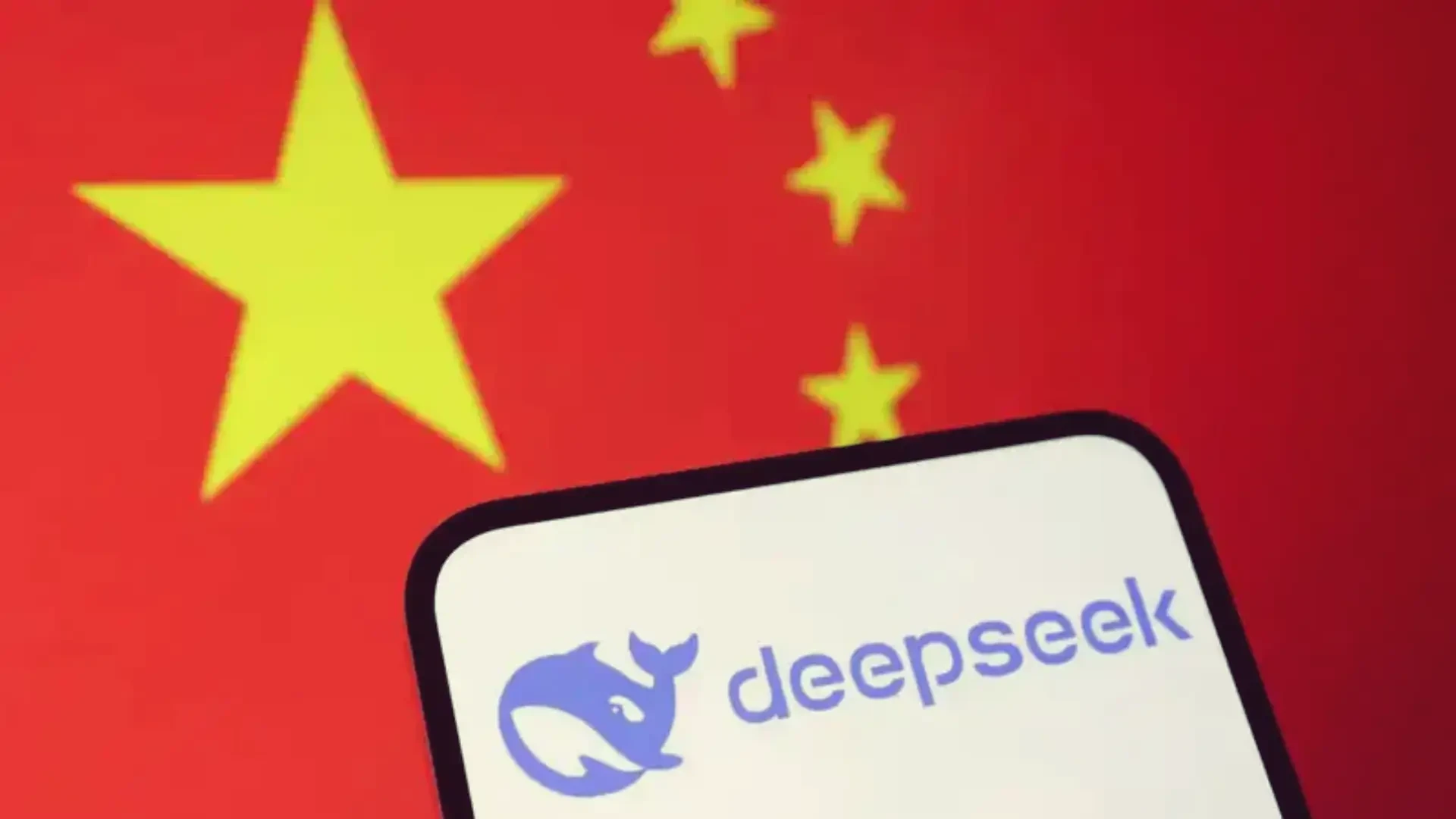مرحبًا بكم في عالم الابتكار والإلهام! هل سمعتم عن "البشر الافتراضيين" في الصين؟ هؤلاء المبيعات الافتراضية، الذين تم تطويرهم باستخدام تكنولوجيا الذكاء الاصطناعي من بايدو وDeepSeek، حققوا نجاحًا باهرًا في عالم التجارة الإلكترونية!
إنهم يعملون بلا كلل، يبيعون كل شيء من المناديل الرطبة إلى الطابعات، على مدار الساعة وطوال أيام الأسبوع! إنهم يثبتون لنا أن التكنولوجيا يمكن أن تكون شريكًا قويًا في النجاح، وأن المستقبل مليء بالإمكانيات! دعونا نحت
إنهم يعملون بلا كلل، يبيعون كل شيء من المناديل الرطبة إلى الطابعات، على مدار الساعة وطوال أيام الأسبوع! إنهم يثبتون لنا أن التكنولوجيا يمكن أن تكون شريكًا قويًا في النجاح، وأن المستقبل مليء بالإمكانيات! دعونا نحت
✨ مرحبًا بكم في عالم الابتكار والإلهام! ✨ هل سمعتم عن "البشر الافتراضيين" في الصين؟ 🤖 هؤلاء المبيعات الافتراضية، الذين تم تطويرهم باستخدام تكنولوجيا الذكاء الاصطناعي من بايدو وDeepSeek، حققوا نجاحًا باهرًا في عالم التجارة الإلكترونية! 🛒
إنهم يعملون بلا كلل، يبيعون كل شيء من المناديل الرطبة إلى الطابعات، على مدار الساعة وطوال أيام الأسبوع! ⏰✨ إنهم يثبتون لنا أن التكنولوجيا يمكن أن تكون شريكًا قويًا في النجاح، وأن المستقبل مليء بالإمكانيات! 🌟 دعونا نحت
1 Comentários
·0 Compartilhamentos









